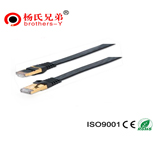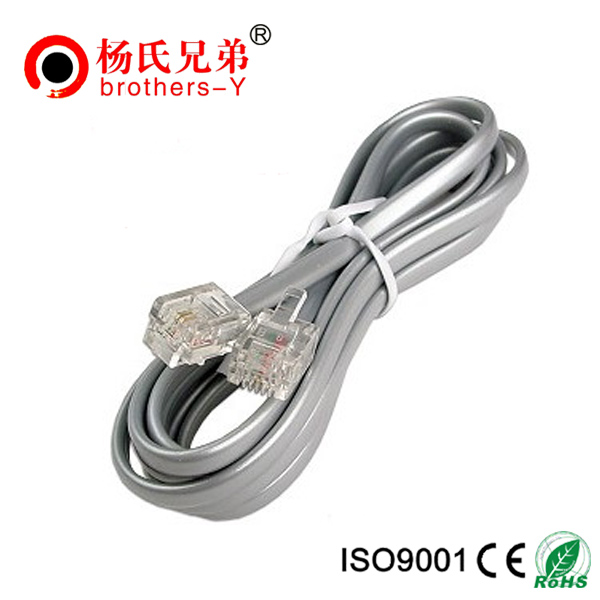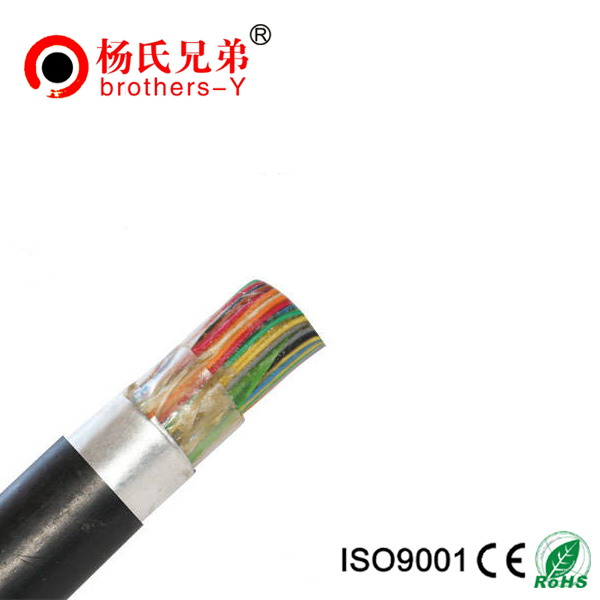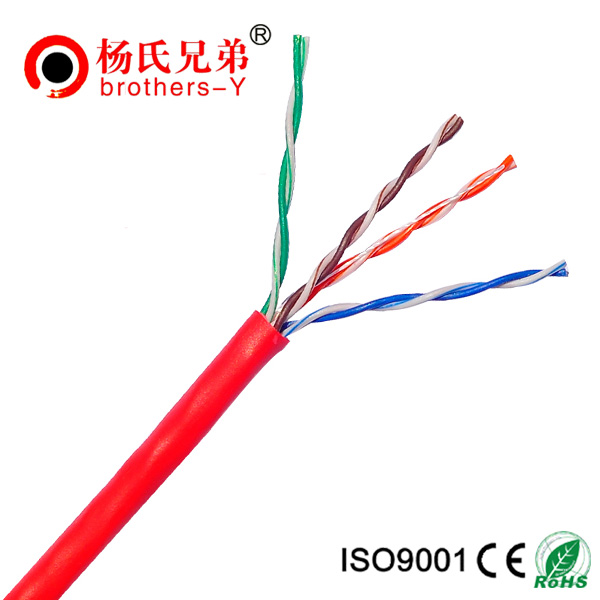Mixing CAT 6A shielded cable with CAT 6 UTP or CAT 5e UTP cables isn’t an issue.
CAT 6A shielded systems offer the added benefit of providing excellent protection against electromagnetic and radio magnetic frequencies (EMI/RFI). This protection is essential for eliminating EMI/RFI noise from sources such as machinery, generators, or medical imaging equipment, making shielded systems an ideal choice for industrial environments and healthcare facilities. EMI protection also leads to improved security. The electromagnetic fields emitted by unshielded cables can be detected by equipment used to eavesdrop and monitor network traffic. Even when risk is minimal, IT managers choose shielded systems for high security networks to eliminate any risk of external eavesdropping. Shielded systems are by far the best choice for military networks.
Another advantage of a CAT 6A shielded cable is its smaller diameter as compared to CAT 6A UTP cable. The typical diameter of a CAT 6A shielded cable is .29” (7.2mm), whereas the typical diameter of a CAT 6A UTP cable is .35” (9mm). Cable diameters can have a major impact when
planning for 10G Ethernet networks. System designers must pay careful attention when designing containment systems for CAT 6A cabling systems. Pathways must be designed to accommodate the larger cable diameters, heavier cable weight and the cable’s minimum bend radius. Cable pathways and cable managers designed for CAT 5e or CAT 6 cable may not be suitable for CAT 6A UTP cables. Some cable manufactures will argue that the diameter difference between CAT 6A
UTP and CAT 6A shielded cable is insignificant. However, cable diameters do have a significant impact on perimeter raceways, cable trays, furniture systems, and pathways. System designers should refer to the latest ANSI/TIA/EIEA-569-B, Commercial Building Standard for Telecommunications Pathways and Spaces or the ISO/IEC 18010, Information Technology – Pathways and Spaces for Customer Premises Cabling.
A drawback that designers must plan for with CAT 6A UTP cable containment is that it’s not recommended to mix CAT 6 UTP, CAT 5e UTP, or even multiple manufacturer’s CAT 6A UTP cables due to potential AXT issues. There are basically two options here: either clear existing
containment or build a new containment system. Mixing CAT 6A shielded cable with CAT 6 UTP or CAT 5e UTP cables isn’t an issue.Misconceptions such as shielding systems being costly and difficult to install have prevailed for decades. The truth is that installing CAT 6A UTP systems can be more tedious and troublesome due to more rigid and larger cable diameters. CAT 6A shielded cable typically does cost more than CAT 6A UTP and shielded jacks typically do require a few more steps to terminate than unshielded jacks. However, when the cost of AXT testing, reduced cable tray fill, and reduced cabinet densities due to larger cable diameters are considered, the benefits of a CAT 6A UTP cabling system quickly fade away.
Information about
New Products
Top articles
- Are there any advantages to using Cat 6 cable for computer networking?
- Are there any problems with using patch cables that are less than a foot long? If so, what are they?
- Letter of Invitation for CTICC
- What are some common uses for Cat5e ethernet cable?
- 10 Gigabit Ethernet interconnect solutions: Investigate carefully before choosing
- Mixing CAT 6A shielded cable with CAT 6 UTP or CAT 5e UTP cables isn’t an issue.
- What cable do I use to connect a PC to a DSL or Cable modem?
- Analysis of the Underground Transmission and Distribution Cables Market
- Is there any benefit to using CAT 5e solid conductor cable?
- Mixing CAT 6A shielded cable with CAT 6 UTP or CAT 5e UTP cables isn’t an issue
Latest articles
- 2014 CeBIT Australia
- 2014 CeBIT Germany
- 2014 International CES
- Vietnam Telecomp 2013
- ROHS Certificate For Lan Cable
- CE Certificate For Power Cable
- ROHS Certificate For Power Cable
- UL Certificate For Communication Cable
- Are there any advantages to using Cat 6 cable for computer networking?
- Are there any problems with using patch cables that are less than a foot long? If so, what are they?














